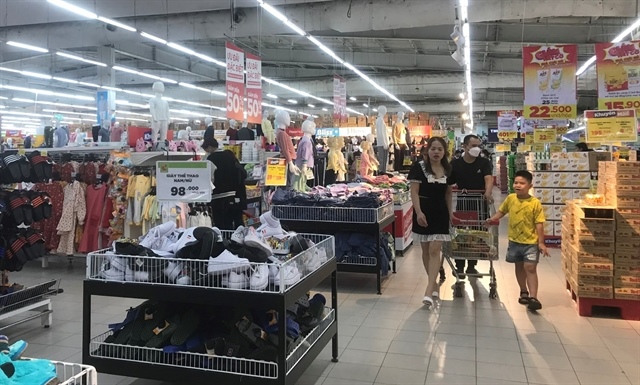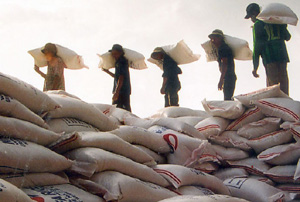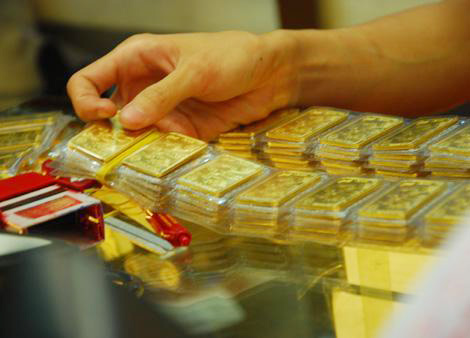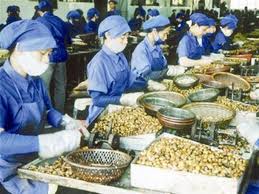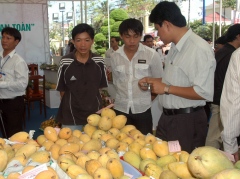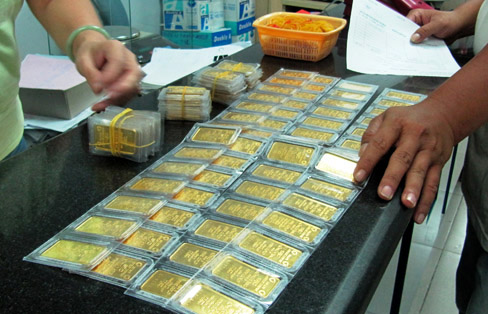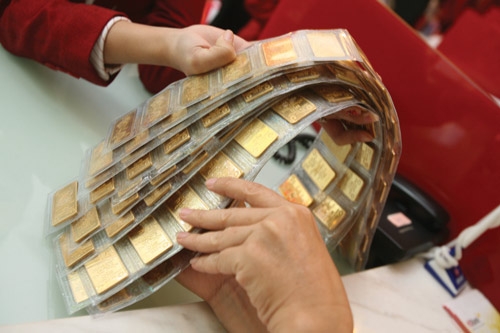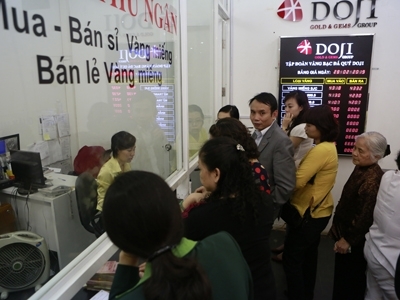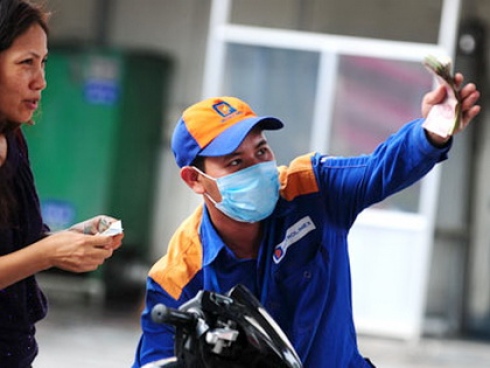Central farmers plagued by Chinese chili seeds
Central farmers plagued by Chinese chili seeds
An unknown type of Chinese chili seed has left hundreds of farmers in the central province of Quang Nam with huge debts, as their crops are unproductive while most of the chili trees died prematurely.
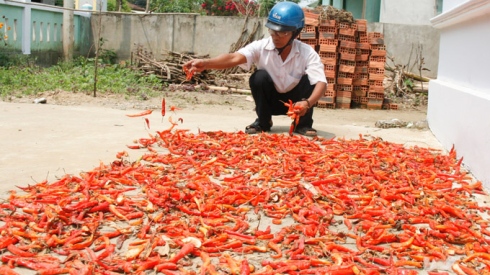
Visitors to the Duy Trinh and Duy Chau communes of Duy Xuyen District these days will see a number of dead chili fields along the Thu Bon river, as well as groups of desperate farmers.
Last September, traders visited the communes and delivered an unknown type of chili seed for free, promising that they would come back to buy the plants at high price upon harvest, Nguyen Chuong, a local farmer, recalled.
The seeds were stored in packaging labeled entirely in Chinese, Chuong added.
Even though they did not know what the seeds were, local farmers still started new crops with them.
“At first the chili grew normally, but when the trees reached 20cm in height, they began to die en masse,” he said.
“I managed to collect several kilograms of fresh chili, but traders either refused to buy because they are of Chinese origins, or forced me to sell at dirt cheap prices.”
Chuong used to rake in VND45 million - 60 million worth of profits each crops, but this time he went home empty-handed, he said.
Several hundred farmers in Duy Xuyen and Dai Loc districts are sharing Chuong’s hardship.
Thai Minh Thu, deputy head of the agriculture office of Duy Trinh commune, said 15 households in the area used the Chinese chili seeds for their last crops, spanning a combined 2 hectares.
“Around 30 percent of the crop died, while the remaining was either rotten or diseased,” he said.
Thu added that the Chinese seeds also yielded poor production.
“A 1,000 square meter field yields only 800kg of chili, while the production is up to 1.7 tons with the Indian seeds,” he elaborated.
Growing chili is one of the most important sectors for the economic development of Duy Chau commune, according to a local agricultural official. The chili fields span more than 90 hectares in the area, and the Chinese chili has left 21 households in debt this year, he said.
Meanwhile, Pham Dinh Xuan, deputy head of the agriculture and rural department office of Duy Xuyen District, said it is not easy to manage the seed use of farmers.
“[Farmers] usually received the seeds from traders, who unofficially brought them to Vietnam via the borders, so it poses a high risks for production,” he said.
tuoitrenews






